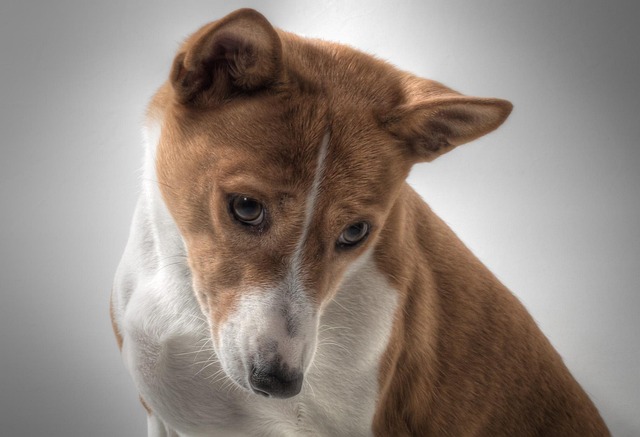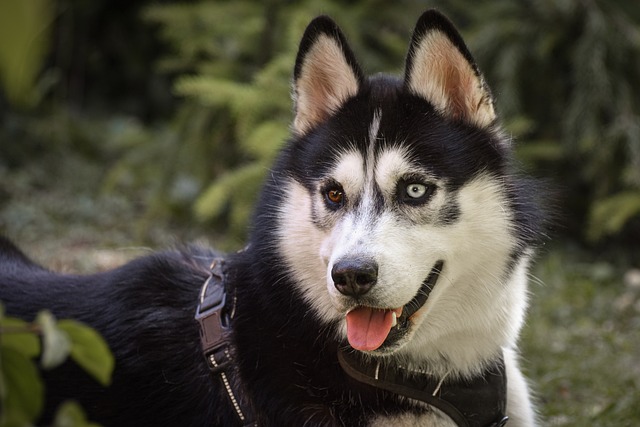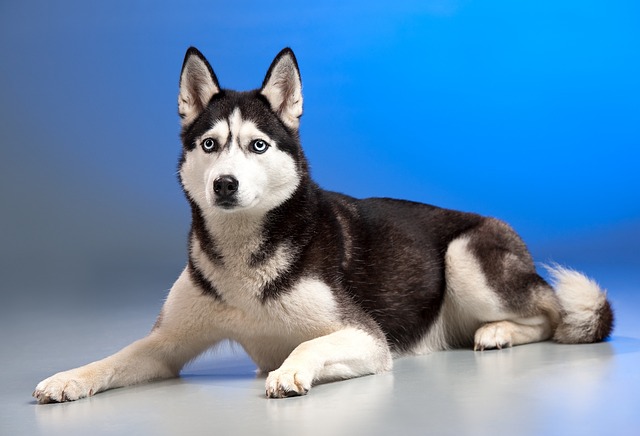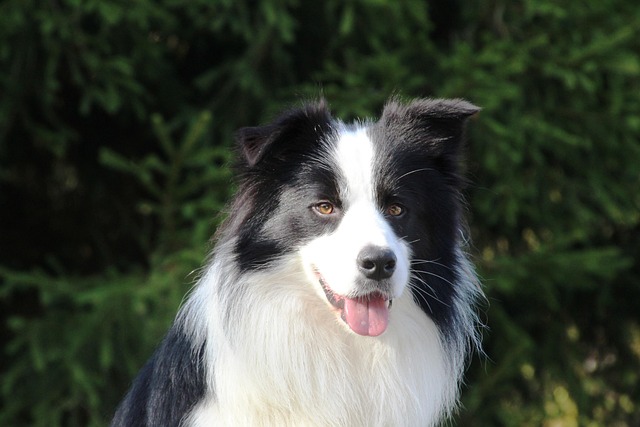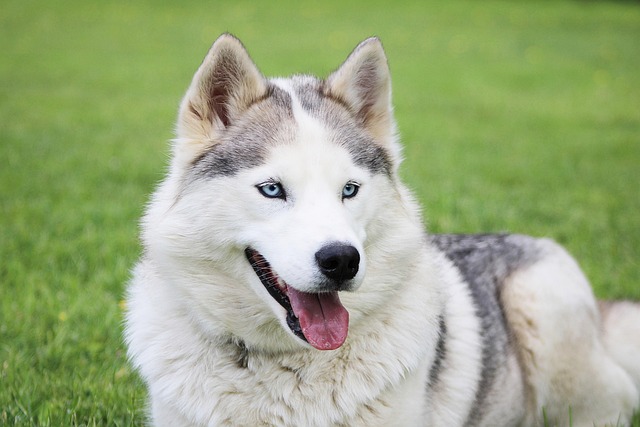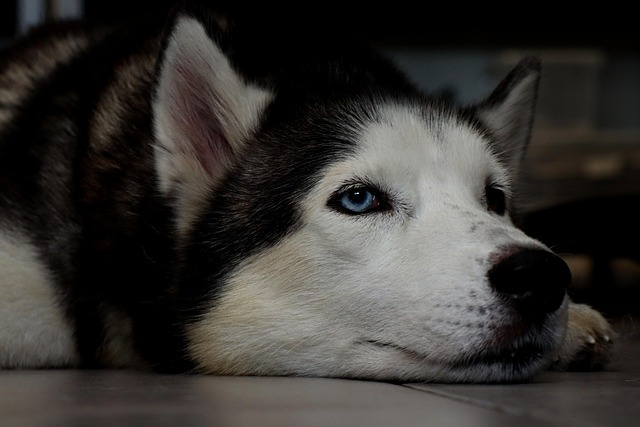You’re on the floor with your new Goldendoodle puppy, Luna, a pocket full of kibble, trying to teach her "sit." She complies once, but then a dust bunny under the sofa becomes infinitely more interesting than her breakfast. This is a universal moment of revelation for new puppy owners: not all treats are created equal. Choosing the best treats for training a puppy isn't about spoiling them; it's about finding the right motivational currency to accelerate their learning and make training a game you both enjoy.
The science behind it is simple: puppies have tiny attention spans and are easily distracted. The "best" treat is one that is high-value, meaning it’s something your puppy goes absolutely nuts for and will work hard to get. This is often something soft, smelly, and easily consumed in half a second, allowing for rapid-fire repetition. Size is critical—each treat should be no larger than a pea to avoid filling up her tiny stomach too quickly and to keep her wanting more. While her regular kibble can work in a distraction-free room at home, for learning something new or practicing in the backyard, you’ll need an upgrade. Think small pieces of boiled chicken, freeze-dried liver, or commercial training treats with limited, recognizable ingredients. The goal is to make listening to you more rewarding than investigating that fascinating leaf.
Putting this into practice is key. Dedicate a specific pouch or container solely for training treats. Before a session, measure out a portion of her daily food allotment and replace some of it with these higher-value goodies to avoid overfeeding. The hierarchy of value is your secret weapon. Use kibble for easy behaviors she already knows in the house. Use the high-value chicken for challenging tasks, like recalling away from a distraction. Always pair the treat with verbal praise like a happy "Yes!" or a click from a clicker to mark the exact moment she does the right thing. This positive reinforcement method is the gold standard, building her confidence and your bond without a shred of fear or intimidation.
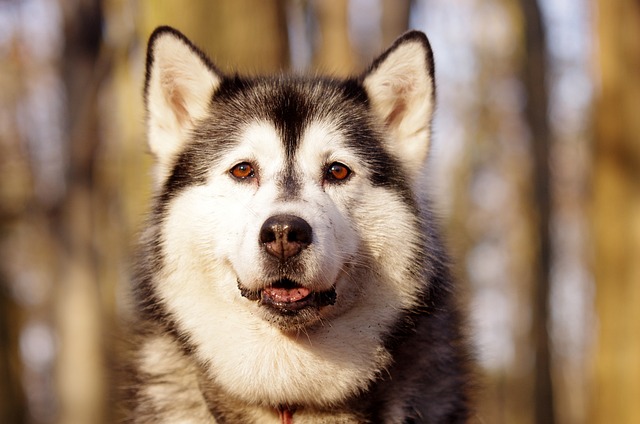
This thoughtful approach to training is a cornerstone of responsible puppy ownership in the U.S., and it seamlessly connects to your broader duties. While you’re using treats to teach Luna crucial skills like "come" and "leave it," you’re simultaneously building a foundation for public safety. This makes ensuring her puppy vaccination series, including the legally mandated rabies shot, absolutely non-negotiable. You’ll need these complete before taking your training on the road to puppy socialization classes, which is essential for her development. Furthermore, the manners you instill with those treats have a direct impact on community harmony. A puppy who learns to "sit" politely for greeting is less likely to jump on neighbors in your apartment building elevator. And on those all-important training walks where you practice with treats, the fundamental rule of always carrying bags and instantly cleaning up after her remains your most basic civic responsibility, a law in nearly every American city and a sign of a conscientious dog owner.
Selecting the right training treats is the first step in a beautiful journey of communication with your puppy. It’s not bribery; it’s a language. By choosing high-value, appropriately sized rewards and using them with positive reinforcement, you’re not just teaching commands—you’re building a trusting relationship, ensuring her safety, and fostering the good manners that make her a welcomed member of your community.
